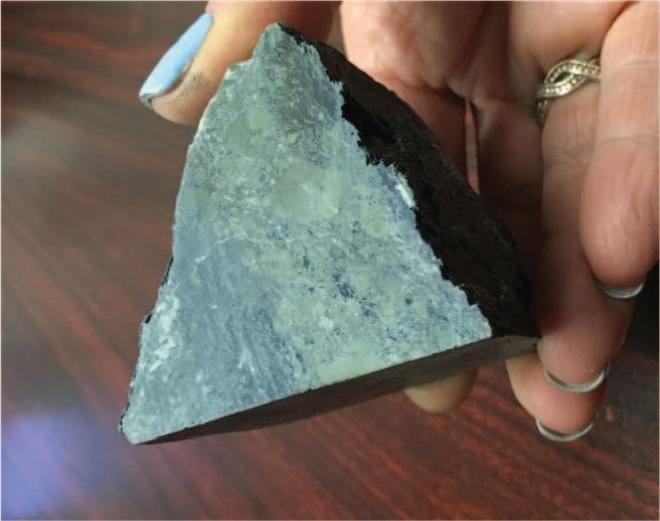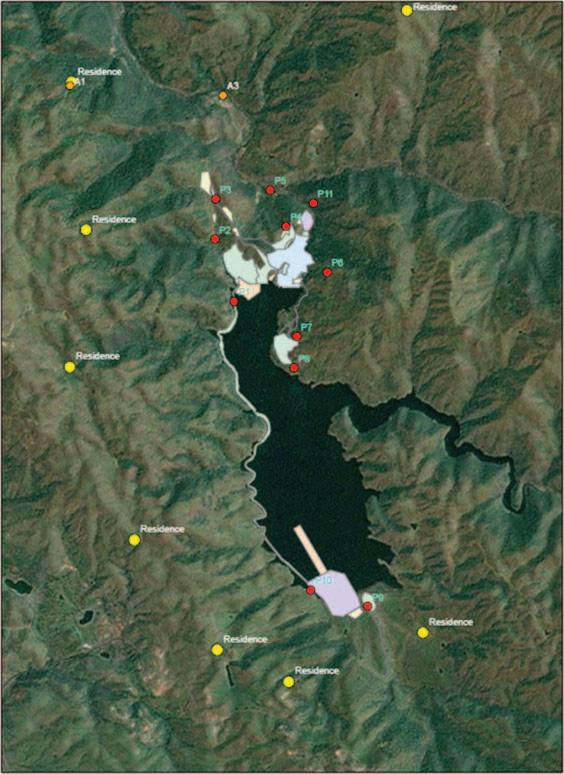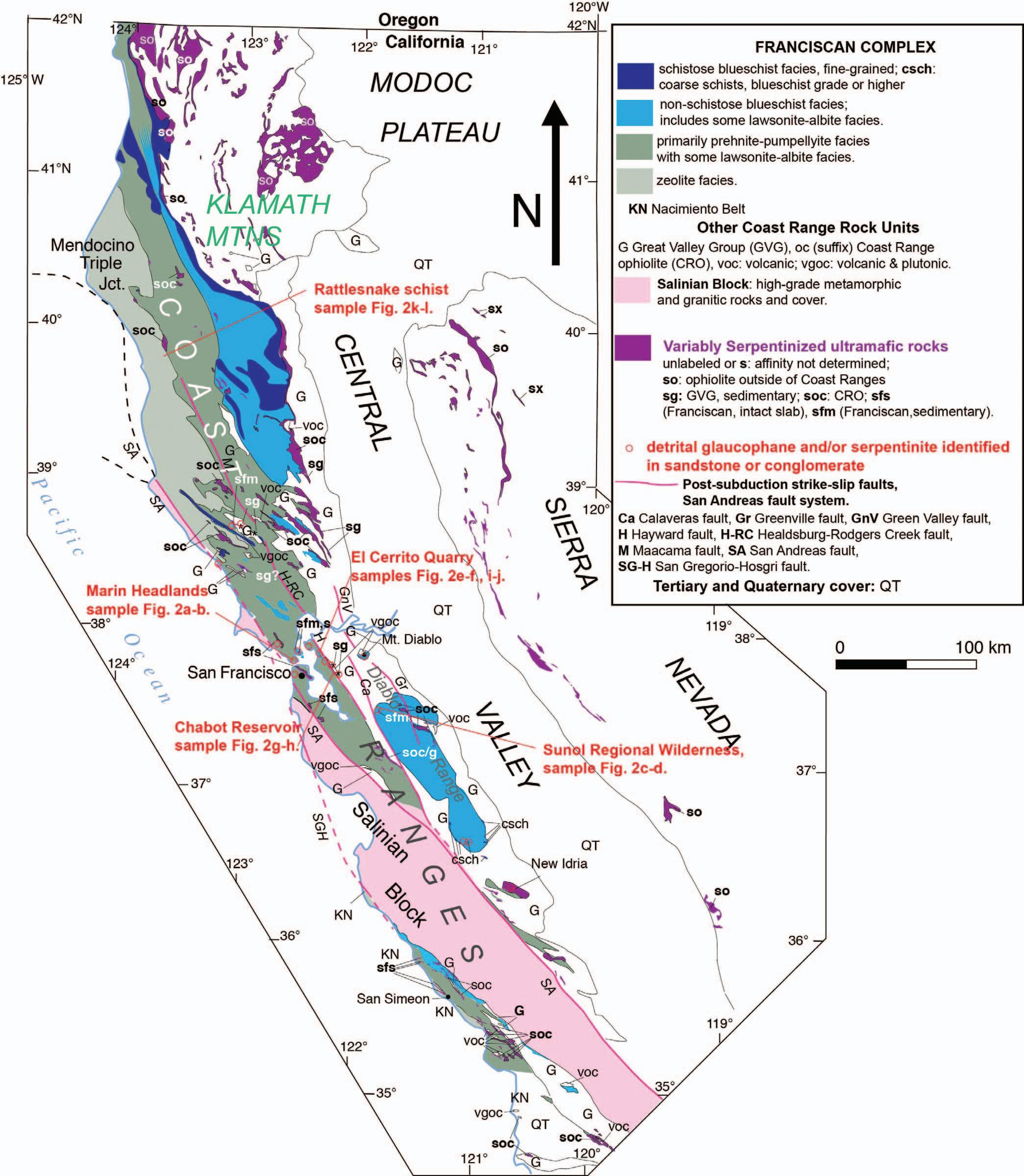Naturally Occurring Asbestos: A Global Health Concern? State of the Art and Open Issues ALESSANDRO F. GUALTIERI* Department of Chemical and Geological Sciences, University of Modena and Reggio Emilia, Via G. Campi 103, 41125, Modena, Italy
Key Terms: Asbestos, Environmental Geology, Hazardous Waste, Mining, NOA, Tunnels ABSTRACT Naturally occurring asbestos (NOA) is a global public health issue because minerals that may be classified as asbestos are a common constituent of certain types of rock and soil, found in many regions on every continent. Disturbance of these rocks and soils, especially through construction activities, can result in airborne particles, leading to inhalation and risk of disease from these known human carcinogens. The presence of NOA in the environment affects all the human activities aimed at its modification, and all engineering/geological actions in the natural environment should take it into account. In the presence of NOA, specific procedures for sampling, evaluation of environmental risk, and monitoring should be applied to minimize the risk of exposure for the workers and the general public. Unfortunately, detailed procedures have been lacking to date, and consensus is difficult to achieve because basic issues, such as the definition of asbestos itself, are still open and being debated by scientists and regulators. While the term “asbestos” has been used in older geological publications, it is not currently defined by geologists. For the past century, “asbestos” was a commercial term used to describe minerals mined for specific purposes, and the term then entered the legal lexicon for purposes of control and compensation. All these basic matters are critically illustrated in the article. Finding clear and universally accepted definitions is mandatory; otherwise, there will continue to be controversial positions that can cause regulatory and legal issues and the outcome of lawsuits to be very subjective.
INTRODUCTION Naturally occurring asbestos (NOA) is a general term describing the six commercially classified forms of mineral fibers that are classified as asbestos when *Corresponding author email: alessandro.gualtieri@unimore.it
found in their natural state (Lee et al., 2008). The definition of NOA pertains to the asbestos fibers that occur in rock and soil as result of natural geological processes (Harper, 2008) and not the asbestoscontaining manufactured products that can be eventually found in the environment. The term commonly applies to areas where asbestos minerals are found in such low quantities that mining and commercial exploitation are not viable. While large commercial deposits of asbestos minerals are relatively rare, small non-economic occurrences of asbestiform (defined as having at least one characteristic of asbestos, including being composed of bundles with frayed or splayed ends, being flexible, and having great tensile strength) minerals are more common (Lee et al., 2008). Strictly, the term NOA applies to the natural geologic occurrence of any of the six regulated types of asbestos minerals, so it should not include other mineral fibers, but it has been used in this more inclusive way. Natural weathering and/or human activities may disturb NOA-bearing rocks or soils and release asbestos into the air, inducing potential human exposure by inhalation. Figure 1 shows a typical NOA site represented by an abandoned serpentine quarry in Romanoro, Northern Appennines (province of Modena, Italy). Although this quarry was not operated for asbestos production, asbestiform minerals have been identified in the rock. The rock piles and quarry faces from the former exploitation activity are persistently weathered by the action of atmospheric agents and percolating waters with a potential for the release of fibers to the air, although the extent of such release has not been quantified by air monitoring. Anthropogenic activities, such as driving, cycling, hiking, and geological investigations in areas where asbestos minerals occur, can result in airborne fibers, although the exposure is likely to be very low unless the area is heavily contaminated as, for example, in the areas immediately adjacent to the old asbestos mines and tailings dumps in the Clear Creek Management Area of California. NOA has raised concern worldwide with the appearance of scientific evidence of increased risk of malignant mesothelioma (MM) in the population
Environmental & Engineering Geoscience, Vol. XXVI, No. 1, February 2020, pp. 3–8
3





















